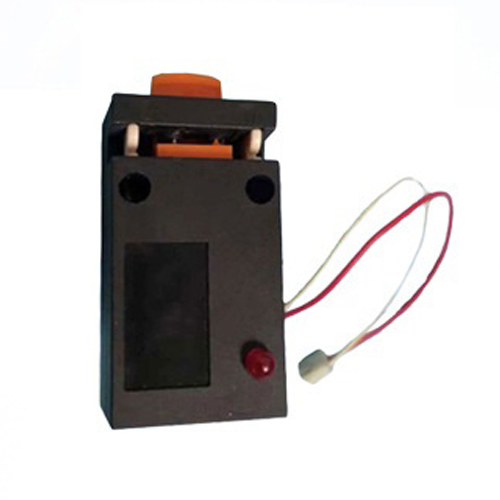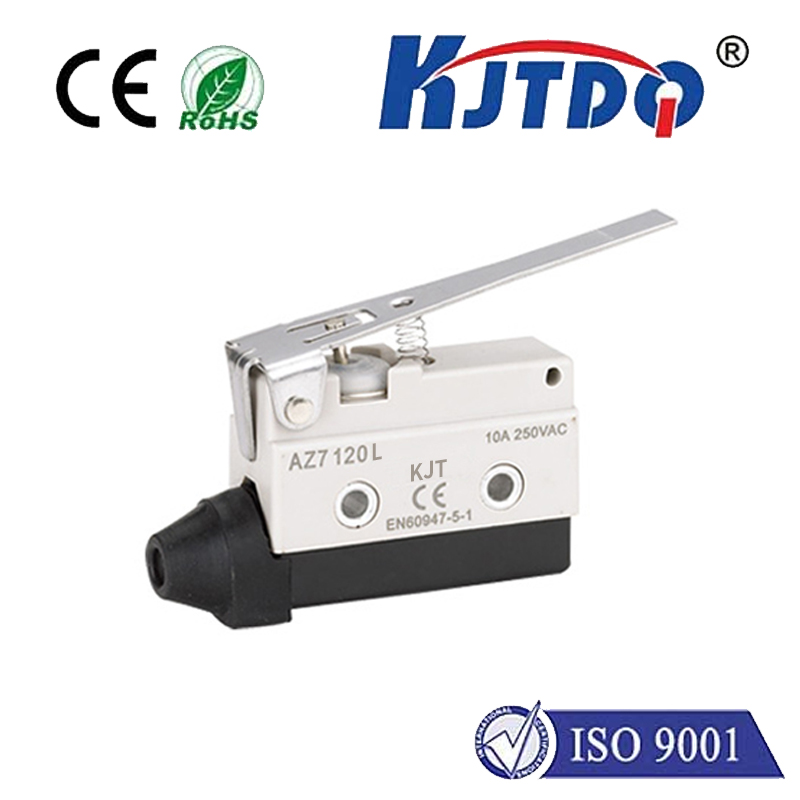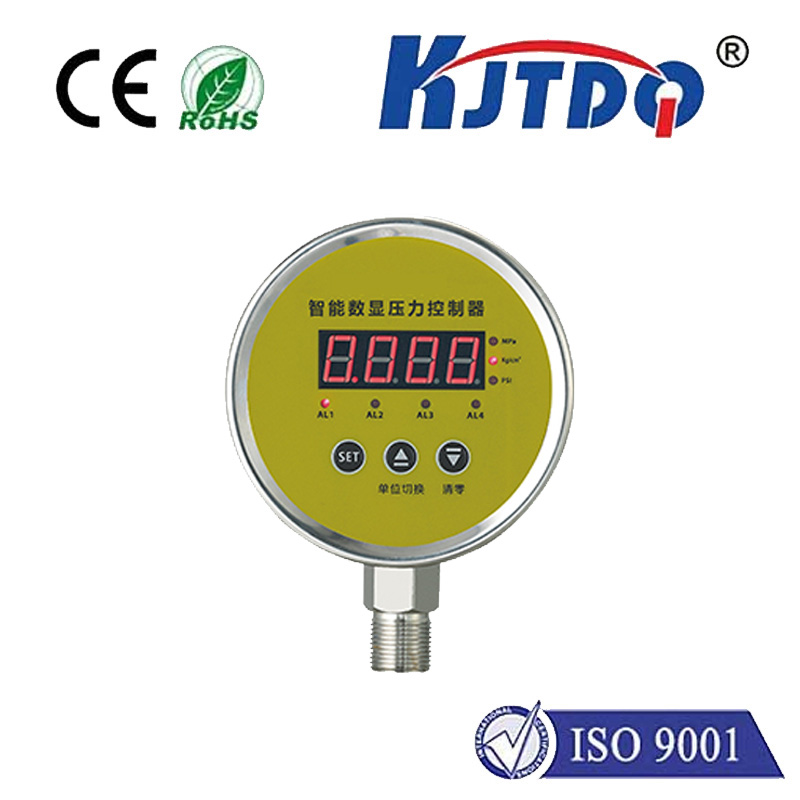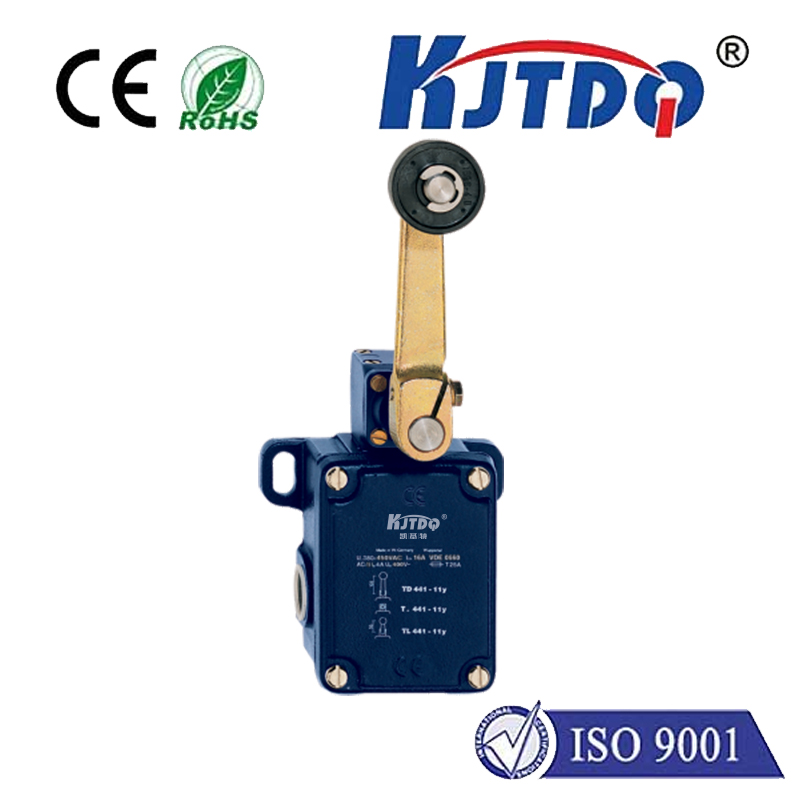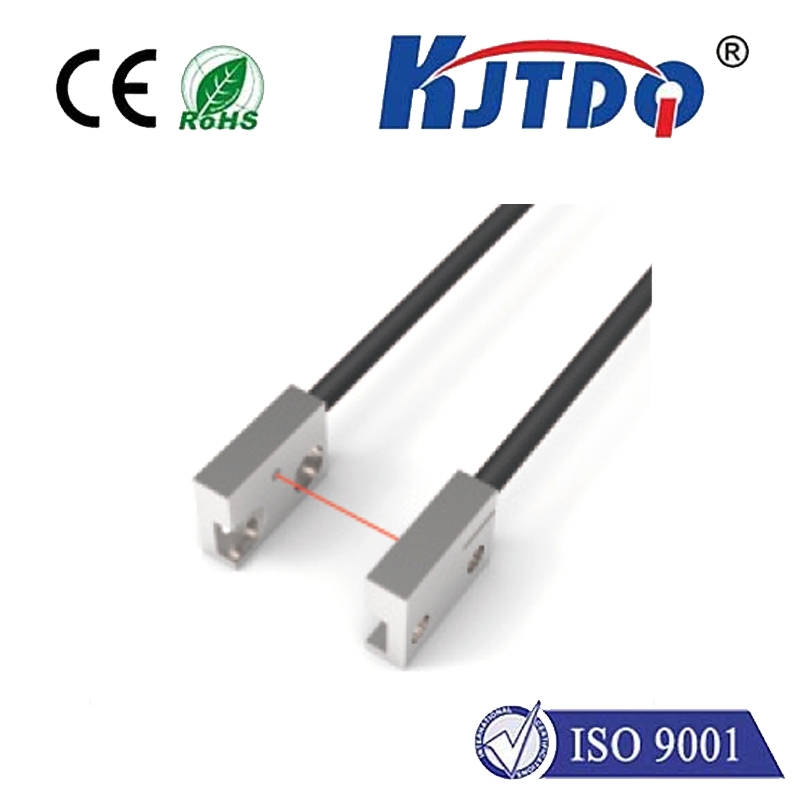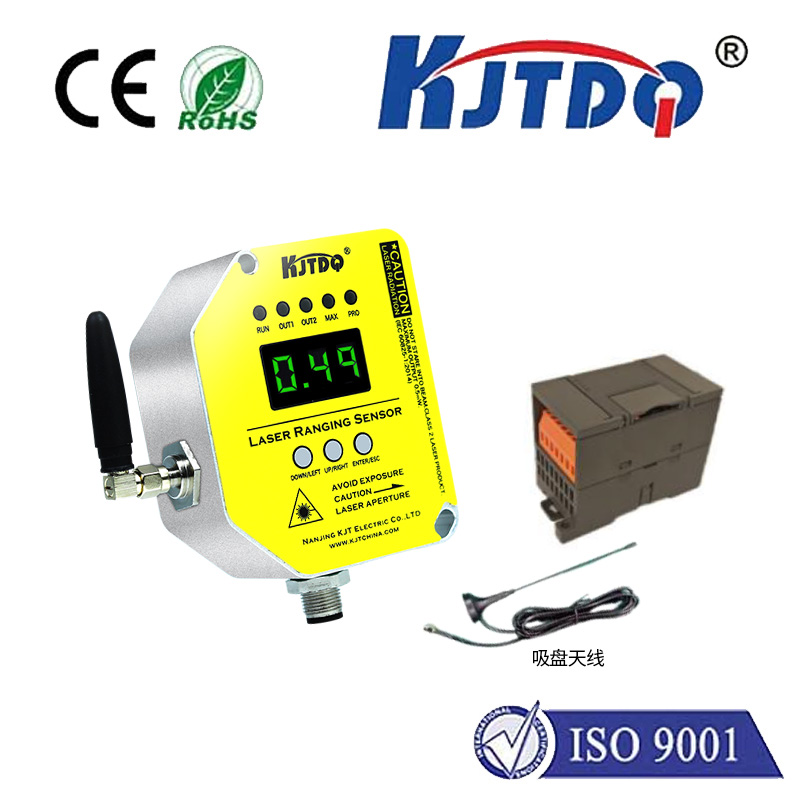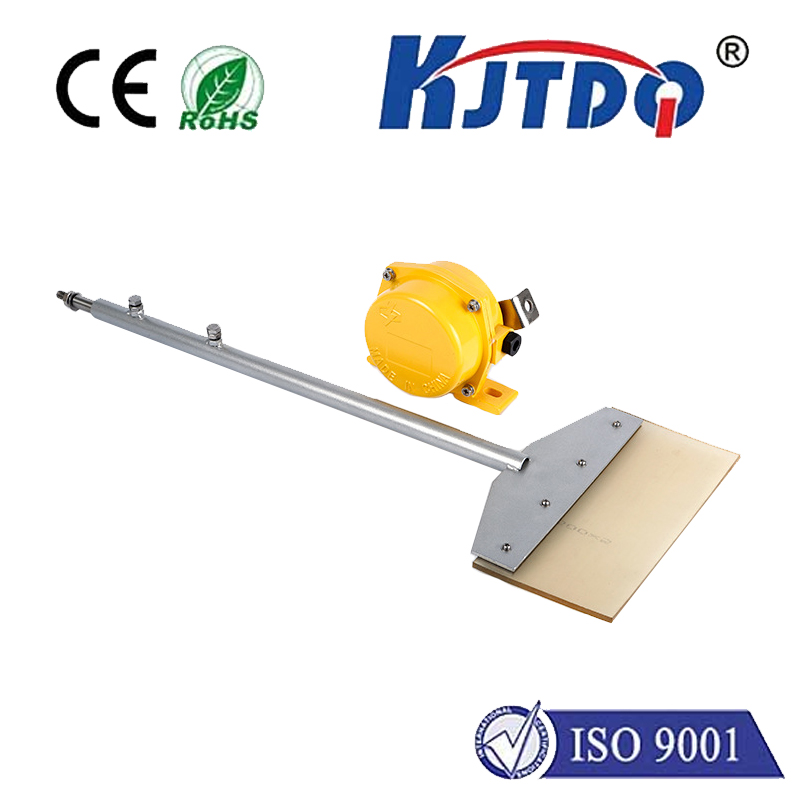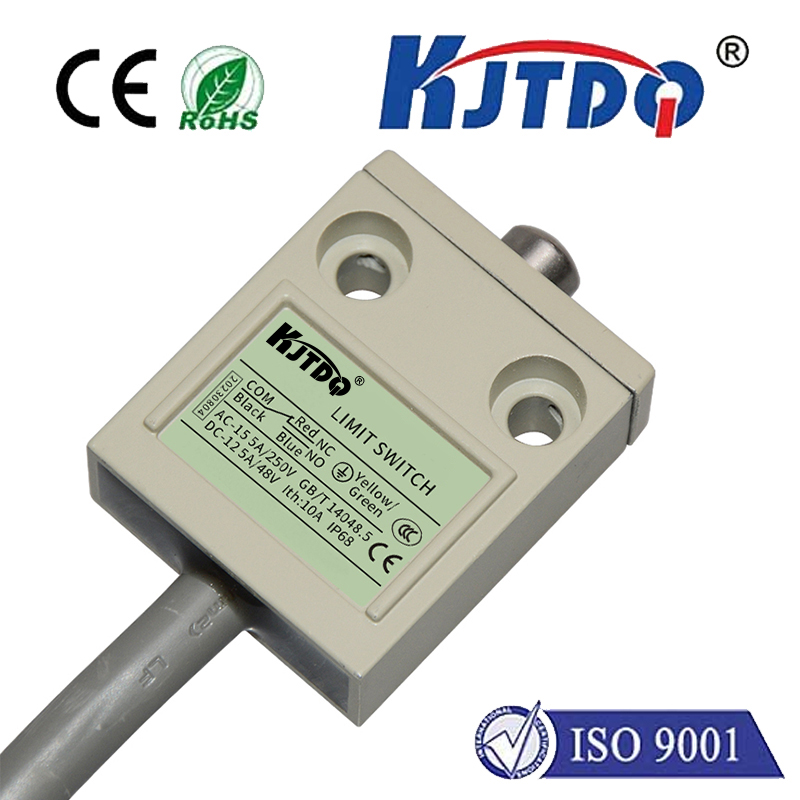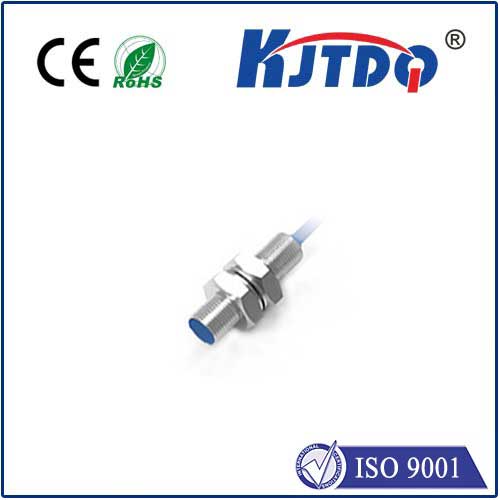PI2798 pressure sensor
- time:2025-09-23 05:54:11
- Click:0
PI2798 Pressure Sensor: Precision Measurement Powering Modern Industry
Imagine the intricate dance of forces within a car engine cylinder, the critical pressure inside a medical ventilator tube, or the hydraulic power driving heavy machinery. Accurately monitoring these invisible forces is paramount for safety, efficiency, and innovation across countless industries. At the heart of this vital measurement capability lies the pressure sensor, and the PI2798 represents a significant step forward in reliable, high-performance sensing technology. This article delves into the capabilities and diverse applications of the PI2798 pressure sensor, exploring how it translates physical force into precise, actionable data.
Understanding the Core: How Pressure Sensors Work
Pressure sensors fundamentally convert the physical quantity of pressure into an electrical signal. The PI2798, like many modern industrial sensors, is typically based on piezoresistive technology. Here’s a simplified breakdown:
- The Sensing Element: A thin, flexible diaphragm, often made of silicon, forms the core.
- Piezoresistive Effect: When pressure is applied, this diaphragm deforms minutely.
- Resistance Change: Embedded within or attached to this diaphragm are piezoresistive strain gauges. The deformation of the diaphragm causes the electrical resistance of these gauges to change.
- Signal Conversion: A built-in Application-Specific Integrated Circuit (ASIC) detects these tiny resistance changes within a Wheatstone bridge circuit configuration.
- Output: The ASIC amplifies and conditions this signal, providing a standardized, calibrated output – commonly a ratiometric analog voltage (e.g., 0.5V to 4.5V over its pressure range) or a digital signal like I²C or SPI – representing the measured pressure.
The PI2798 excels by focusing on stability, linearity, and robustness within this core sensing principle.

Key Features and Capabilities of the PI2798 Pressure Sensor
Designed for demanding environments, the PI2798 integrates several features that make it stand out:
- High Accuracy and Stability: Engineered for precision, it offers low offset drift and excellent long-term stability, crucial for applications where even small measurement errors are unacceptable. Temperature compensation circuitry is vital here, ensuring readings remain accurate across varying operating temperatures. Careful calibration is key to achieving these specs.
- Rugged Design: Often featuring a stainless-steel housing or media-compatible diaphragm, the PI2798 is built to withstand harsh industrial environments, including potential vibration, shock, and media exposure (compatibility depends on the specific variant). Its robust construction enhances long-term reliability.
- Wide Pressure Range Options: Different variants of the PI2798 are typically available to cover various pressure ranges, from low absolute or gauge pressures suitable for medical applications or HVAC, up to high pressures found in hydraulic systems.
- Analog or Digital Output: Offering flexibility, it often comes in versions providing either an analog voltage output (simpler integration) or a digital output (better noise immunity, easier interfacing with modern microcontrollers).
- Compact Form Factor: Its relatively small size enables installation in space-constrained applications.
- Low Power Consumption: Particularly important for battery-powered or energy-sensitive devices.
Where the PI2798 Makes a Real Difference: Applications Across Industries
The PI2798’s blend of precision, durability, and versatility makes it a preferred choice in numerous critical fields:
- Automotive Systems: Modern vehicles rely heavily on pressure data. The PI2798 is ideally suited for:
- Engine Management: Monitoring intake manifold pressure (MAP sensors), fuel rail pressure, exhaust gas recirculation (EGR) pressure, and oil pressure.
- Safety Systems: Contributing to Electronic Stability Control (ESC) and brake booster systems.
- HVAC: Measuring refrigerant pressure.
- Transmission & Hydraulics: Monitoring fluid pressures.
- Industrial Automation & Control: Precision pressure measurement and control are fundamental.
- Hydraulic & Pneumatic Systems: Ensuring optimal pressure levels in pumps, valves, and cylinders for machinery control.
- Process Control: Monitoring pressure in pipelines, tanks, reactors, and distillation columns within chemical plants, refineries, and water treatment facilities.
- Compressor Monitoring: Safeguarding against over-pressure conditions.
- Leak Testing: Providing sensitive detection capabilities.
- Medical Equipment: Where reliability and accuracy are non-negotiable.
- Respiratory Devices: Measuring airway pressure in ventilators, CPAP, and BiPAP machines.
- Infusion Pumps: Monitoring pressure in fluid lines to detect occlusions.
- Blood Pressure Monitors: Contributing to non-invasive and invasive measurement systems (specific biocompatibility may be required).
- Diagnostic Equipment: Used in various pressure-sensing functions.
- HVAC/R (Heating, Ventilation, Air Conditioning, and Refrigeration): Optimizing system performance and efficiency.
- Refrigerant pressure monitoring for safety and control.
- Filter monitoring (detecting clogs via pressure drop).
- Airflow measurement in ducts.
- Test & Measurement Equipment: Serving as a core component in pressure calibrators, data loggers, and laboratory instruments requiring high-fidelity measurements.
Choosing and Integrating the PI2798: Key Considerations
Selecting the right pressure sensor is crucial. When evaluating the PI2798 for an application, consider:
- Pressure Type: Is absolute pressure (vs. vacuum), gauge pressure (vs. atmosphere), or differential pressure needed? The PI2798 typically excels in absolute and gauge configurations.
- Pressure Range: Select a sensor variant where the expected operating pressure comfortably falls within the middle 50-60% of its specified range for optimal accuracy and longevity.
- Accuracy Requirements: Define the necessary level of precision (e.g., ±1.0% Full Scale, ±0.5% FS) including effects like non-linearity and hysteresis.
- Media Compatibility: Ensure the sensor’s wetted materials (diaphragm, seals) are chemically compatible with the gas or liquid being measured to prevent corrosion or sensor damage.
- Operating Temperature Range: Verify the sensor functions accurately within the actual environmental temperature conditions. Temperature compensation range is vital.
- Output Signal: Choose between analog voltage output (simpler) or digital output (better noise resistance) based on the system controller and environmental noise.
- Environmental Robustness: Evaluate needs for resistance to shock, vibration, and moisture (IP rating).
- Power Supply: Ensure compatibility with the available system voltage and power budget.
Integration Tip: Always follow the manufacturer’s datasheet guidelines meticulously. Pay close attention to mounting procedures (torque specifications if applicable), media connection (avoid stress on the port), wiring practices (shielding is often recommended for analog signals), and signal conditioning requirements. Proper electrical filtering and protection might be necessary depending on the electrical noise in the application environment.






